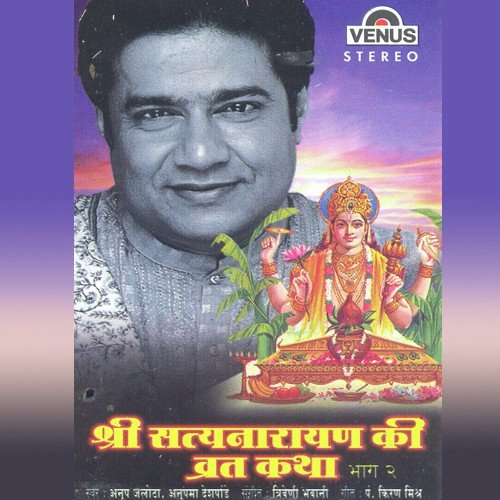
Kanian koottu and Udukkadipattu, prevalent in South Indian villages, are also folk storytelling traditions. The stories are heroic ballads, and the medium is used to propagate social-welfare programmes such as AIDS awareness, family planning and election information. In Tamil Nadu, folk narratives are known as songs the stories are told accompanied by a stringed instrument resembling a bow. In this tradition, travellers narrate stories while beating the drum. Folk narrative In, folk narratives are known as. The music may be congregational singing of 's, 's, ,, , 's, , and 's. In harikatha, a story is intermingled with related songs. Harikatha is a composite art form combining storytelling, poetry, music, drama, dance and philosophy. In a variant, a storyteller proficient in, interweaves the main story with music, dance and.

Kathakalakshepa Stories with anecdotes, known as Kathakalakshepa, are told in Sanskrit, Tamil,, , and. Pravachan, Patakam and Upanyasam can be synonyms for the narration of stories from epics and puranas and the interpretation of scriptures. The 19th-century provided interpretation and commentary for each verse creating a new style, he is considered the father of pravachans. Reading the shloka and presenting its meaning is the method used by pravachan pandits. Music is used sparingly to recite the shlokas. Upanyasa or Pravachanas focus on and texts. Pandits such as Paruthiyur Krishna Sastri elaborate on the significance of a shloka or scripture they read, providing several angles to look at a verse or word. It is easier to listen to a or purohit who is conducting a Pravachan to understand some of the scriptures. Pravachans generally have a religious theme, usually the life of a saint or a story from an Indian epic. Purana-Pravachana Purana-Pravachana expounding the is a : a lecture about scriptures in which the pauranika pravachan is a spiritual interpreter of the scriptures. There are three major katha traditions: Purana-Pravachana, Kathakalakshepa and folk narratives. The propagation of Hinduism and the creation of awareness in worshippers of the characters of the deities were aided by katha with imagery in temples. Wall paintings in temples and shrines across India also served the same purpose. The interpretation of a depends on individual musical ability. Scholars such as Suki Sivam and Trichy Kalyanaraman perform in this style. The 17th-century Kavi, the 19th-century, Maha Vaidyanatha Iyer and Ramalinga Swami, and the 20th-century Nellai Sundaramurty Oduvar, Kripananda Variar, and Pulavar Keeran were Kathaprasangam experts. Religious, such as Oduvars, were knowledgeable in the scriptures used for discourse in temples and in, this was known as Kathaprasangam. The storyteller is seen as a teacher who is familiar with ancient texts in Sanskrit and other vernaculars and interprets the religious and mythological texts of the past to the present generation. The single performer should be versatile in exposition and able to interestingly narrate humorous anecdotes.

Performances are given in temples and at weddings and other religious or social functions. Epics and, ancient stories of wisdom told in, are the story material common to most regions. Each has developed its own style and tradition of storytelling in local languages. The and Ramayana kathas instill moral values by revealing the consequences of human action. Kathas sometimes take place in households, involving smaller stories related to the Katha genre.
#Shri satyanarayan katha in english professional
It often involves professional storytellers kathavahchak or vyas who recite, such as the, the or, followed by a commentary. March 2017 Katha or Kathya is an Indian style of religious storytelling, performances of which are a ritual event in. Please help to this article by more precise citations. This article includes a, but its sources remain unclear because it has insufficient.
#Shri satyanarayan katha in english pdf
In the 3rd Chapter of the Satya Narayana Vrat Katha Suta tells the story of a merchant who had no children and saw king Ulkamukha performing the Satya Narayana Puja with great devotion.įree Sanskrit Books, Sanskrit PDF books collection online for download This class presents the 2nd Chapter of the Satya Narayana Vrat Katha and its explanation in English.

The King realised that this had happened all due to his false ego. They offered the prasad to the king who, because of his ego left it untouched. ※ Download: ?dl&keyword=satyanarayan+vrat+katha+in+sanskrit&source=įolk narrative In, folk narratives are known as.


 0 kommentar(er)
0 kommentar(er)
